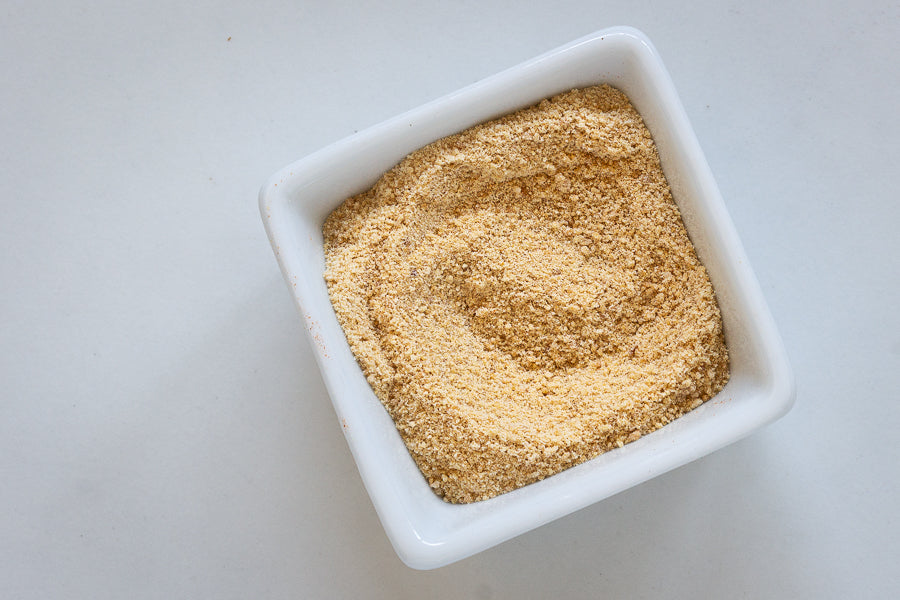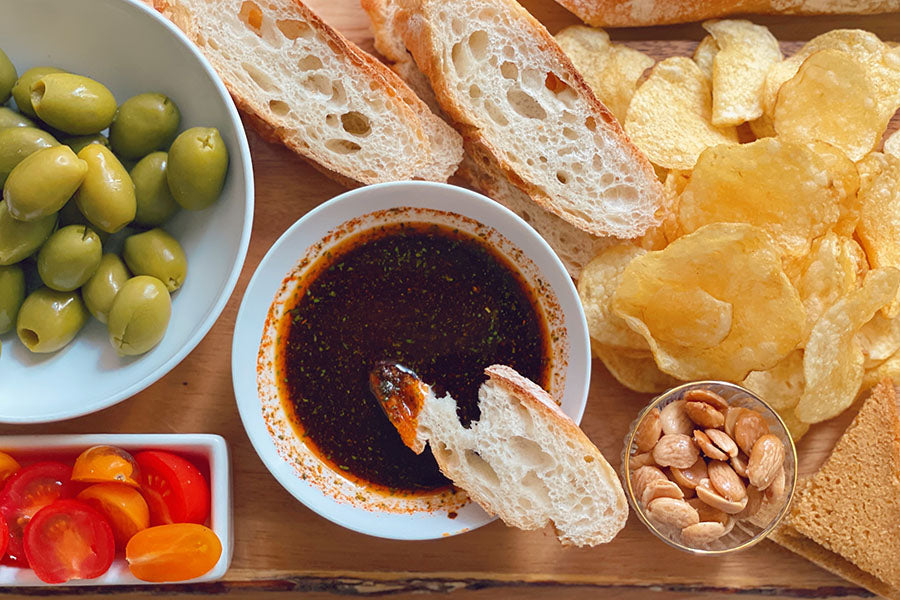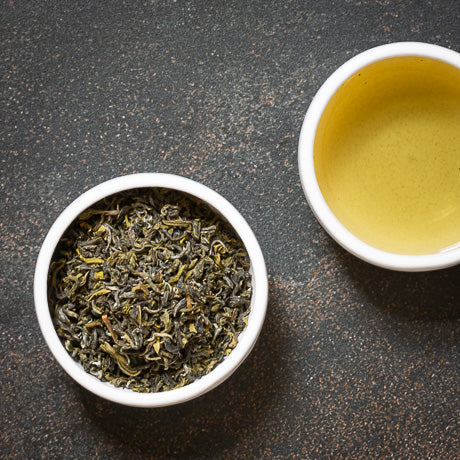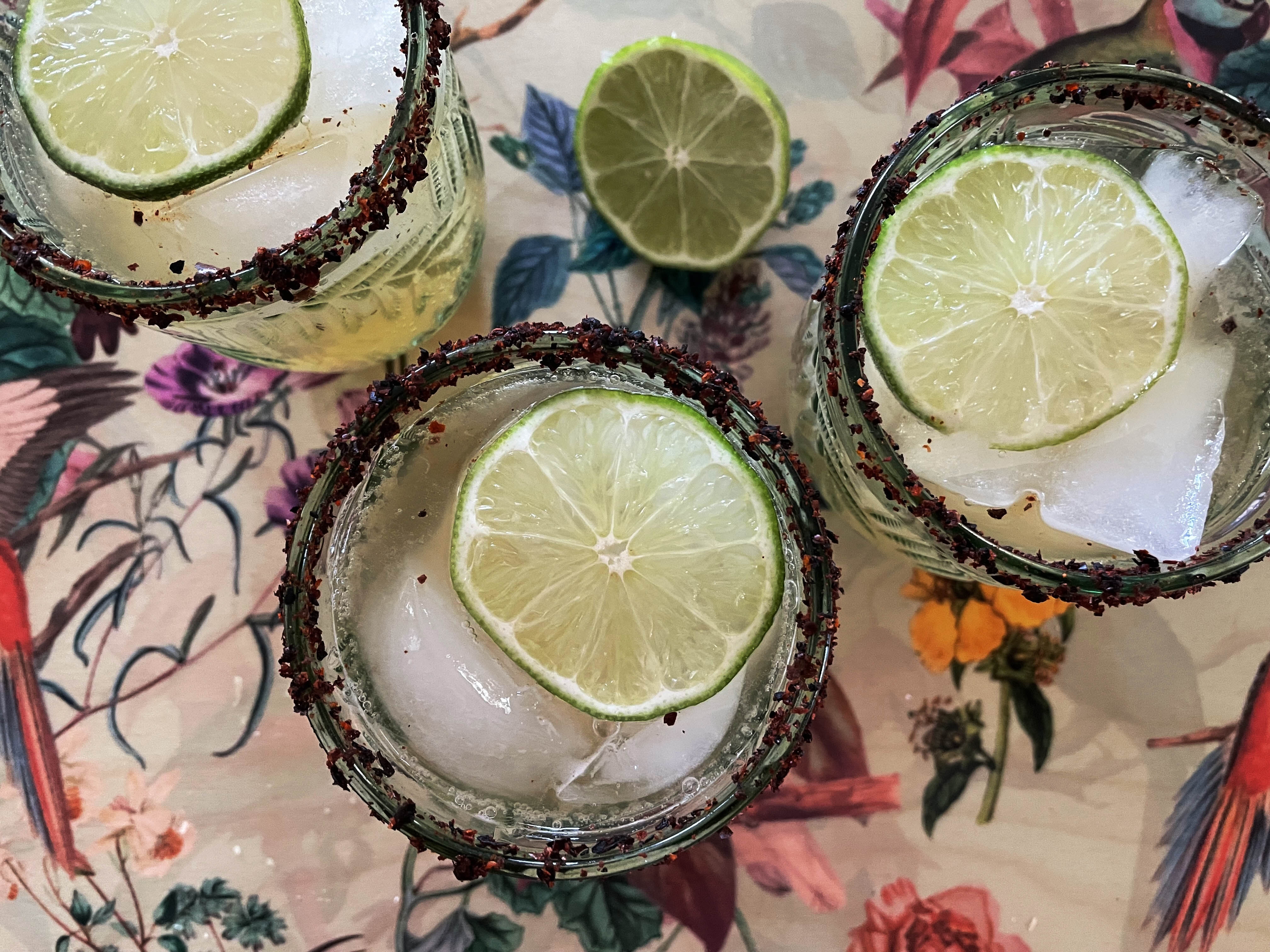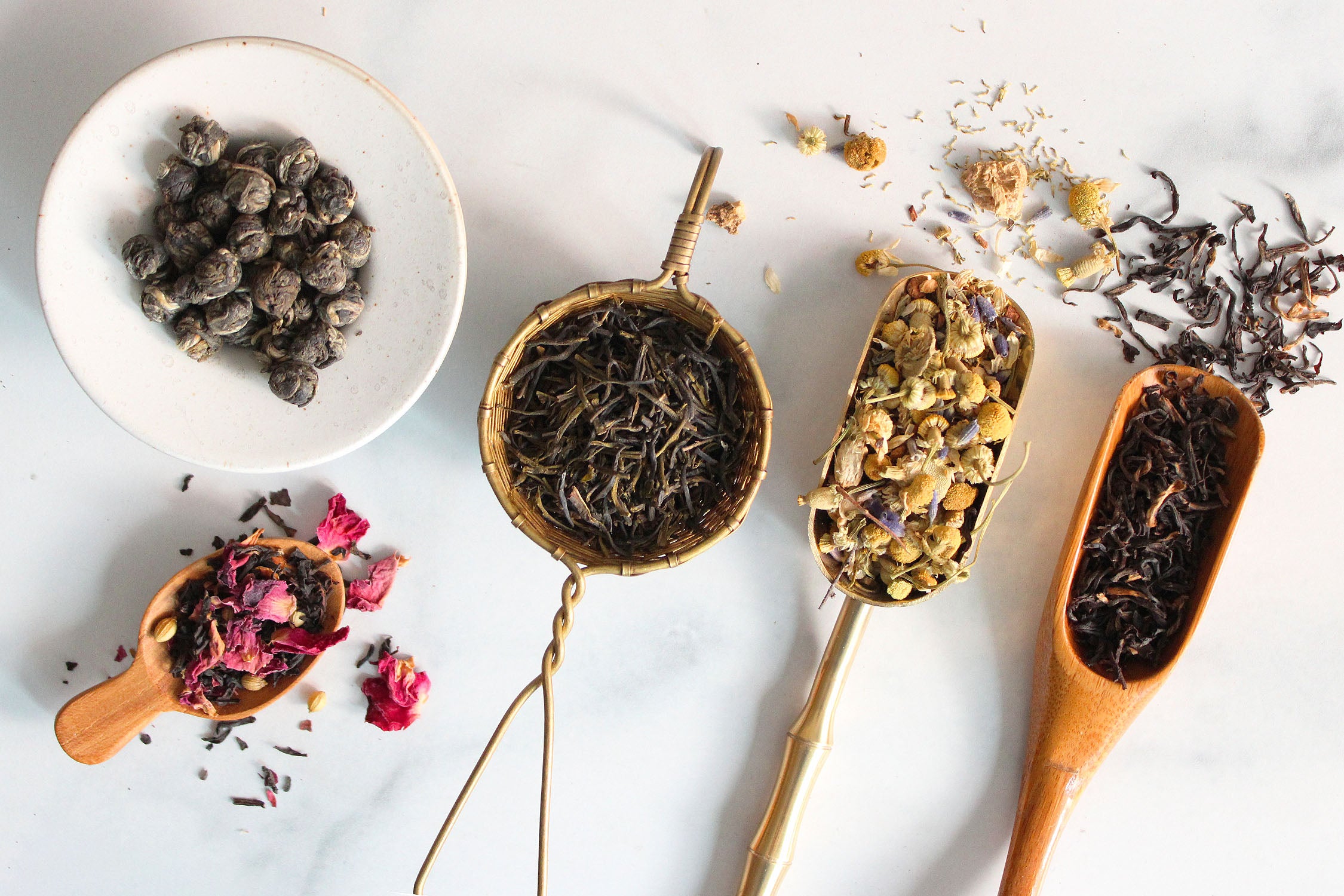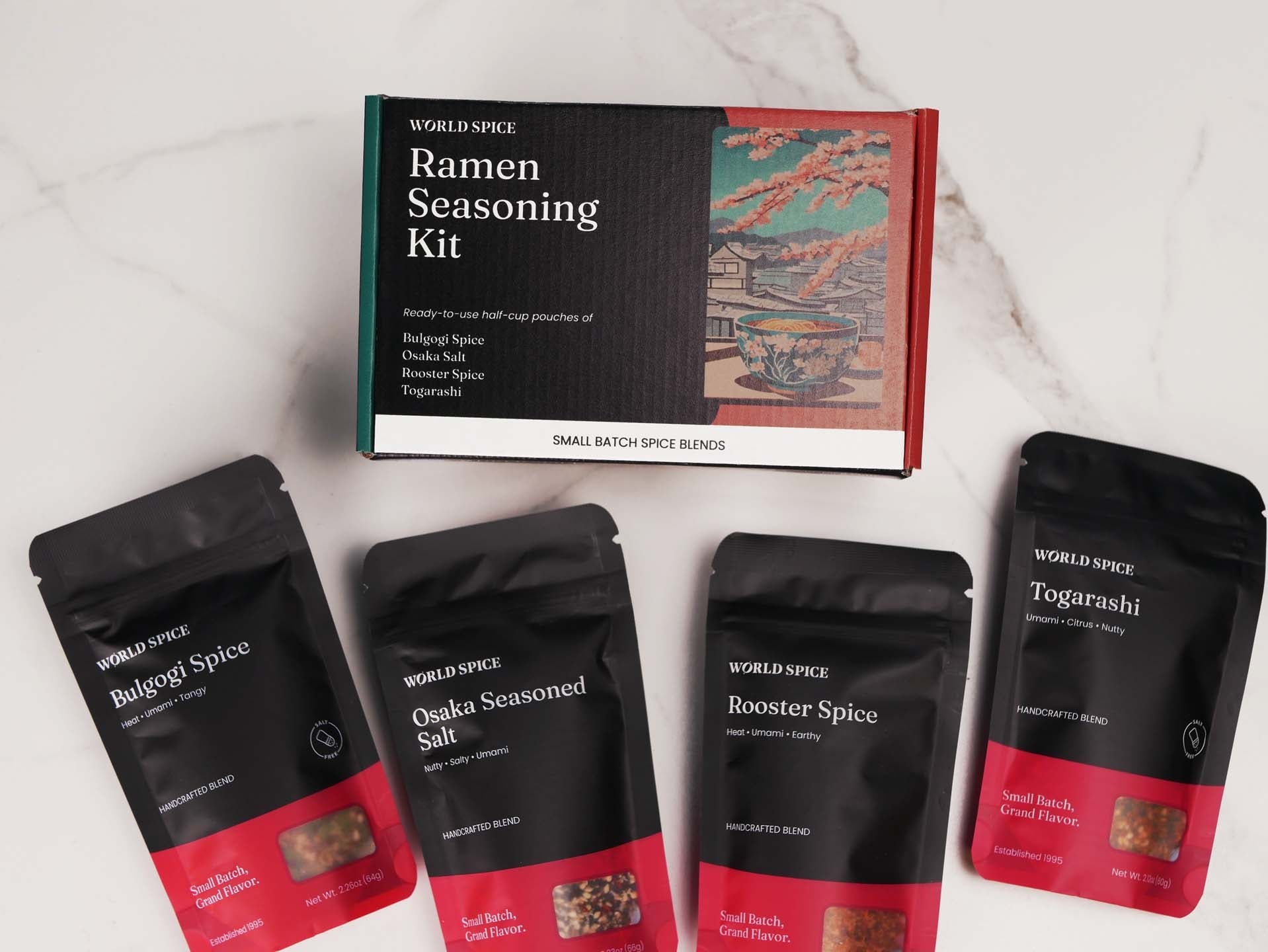History
The ubiquitous matcha we know today has an ancient history with deep cultural significance. The practice of crushing tea into powder comes to us from the Tang Dynasty in China during the 7th - 10th centuries during which time tea harvests were steamed and formed into bricks to make them easier to transport. To brew the tea, a small portion was broken off and pulverized, then steeped in hot water. Several centuries later, a Japanese Buddhist monk named Myoan Eisai traveled to China and experienced the benefits this tea had on his meditation practice. When he returned to Japan he brought seeds with him from the tea plants that had grown this tea, as well as the knowledge and practice of how to create the ancestor beverage to our modern matcha. Through its association with Zen Buddhism, the brewing of matcha became an intricate ceremony in Japan, symbolizing beauty within an imperfect world. Matcha became an important part of Zen Buddhist philosophy, as well as Samurai culture and, later, a status symbol of the elite.
Matcha powder as we know it today has been available and widely used in China and Japan for hundreds of years, and made its way into the global market only very recently. With globalized trade and a new popular focus on health and health foods, the sale and availability of matcha has exploded over the last ten years. With a slew of researched health benefits and designation as a “superfood” matcha’s popularity is still on the rise. You can find matcha and matcha flavored items in the US in coffee shops, grocery stores, tea houses, even gas stations and bodegas.
Summary
Matcha is made from shade-grown tea plants, known as tencha, utilizing the youngest leaves and buds at the ends of the branches. Shade-grown tea has more chlorophyll, which is one of the reasons for matcha’s brilliant green color. The leaves are carefully harvested, steamed to halt oxidation, then deveined by hand, dried, and ground into a fine powder. This is one of the most labor intensive teas to manufacture and has a highly selective grading process to further define the quality of every batch of tea that is made. Within the broader category of matcha tea there are three distinct grades:
Ceremonial - Ceremonial matcha is made from the very first spring harvest of new leaves on the tea plant (called the "first flush") and is intended strictly for drinking as a pure tea without sweeteners or added ingredients. The mild, delicate, and complex flavor would be lost in a latte or blended beverage, likewise in desserts or baked goods. As the name implies, ceremonial matcha is created to be used in tea ceremony and is regarded as an elevated, precious beverage.
Daily/Premium - Premium matcha is one step below ceremonial grade and is made from the second harvest or "second flush" of leaves on the tea plant. It has a taste very similar to ceremonial grade, but with a slightly more robust flavor. This grade of matcha is used for drinks such as traditional matcha, along with lattes, frappes, and smoothies, and is also used in cooking. This is the most versatile of the matcha grades.
Culinary - Culinary matcha is made from the second and third flushes of the tea leaves and has a strong, bold flavor with more bitterness and a coarser powder. Culinary matcha is intended mainly for the purposes of cooking and baking.
The matcha we offer is an organic premium grade matcha from the Yabukita cultivar, shade-grown in Uji, Japan, and stone ground in the traditional way. We find that this matcha has a broad range of uses, is affordable, and has an excellent flavor.
Why We Love It
The bright, grassy flavor and gorgeous color of our matcha is an endless source of inspiration to us. We love it in lattes, ice cream, shortbread cookies, smoothies, and cheesecake. The fine powder blends beautifully into any recipe you might choose, from simple to intricate.
The More You Know
Matcha is traditionally prepared using a small bowl called a matchawan and a specialized bamboo whisk called a chasen. A small portion of matcha powder is measured into the bowl, then topped with hot water around 145℉ - 165℉ and whisked briskly until the tea powder is fully incorporated and a fine foam is formed on the surface. For a more modern take, some folks use milk frother for similar results. We recommend approximately 1 teaspoon of matcha per 6 - 8 ounces of water.






